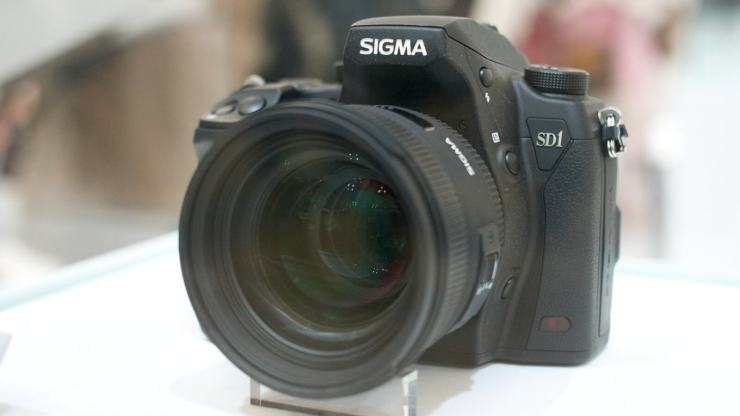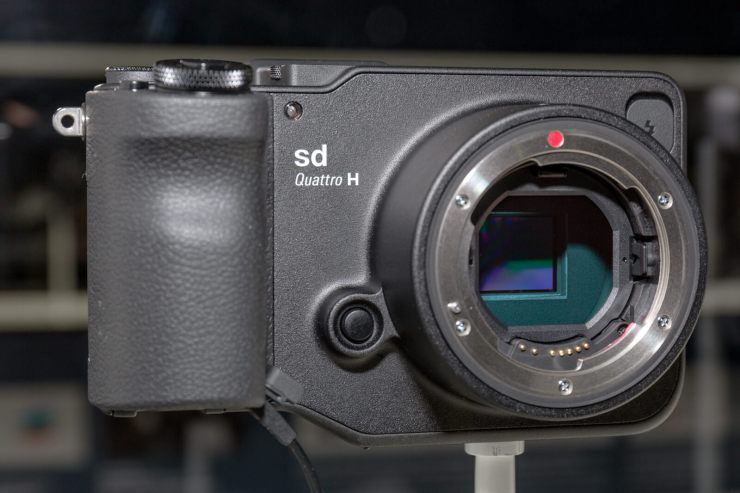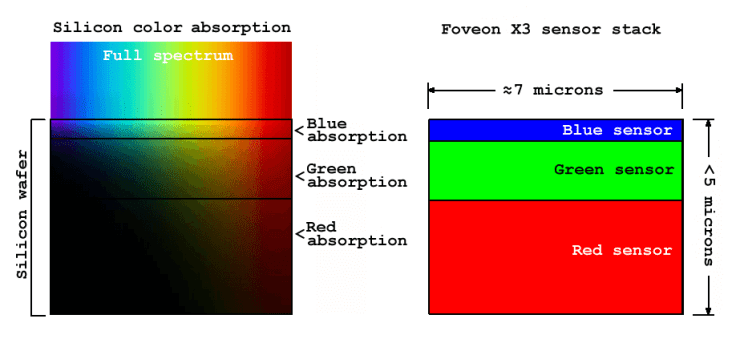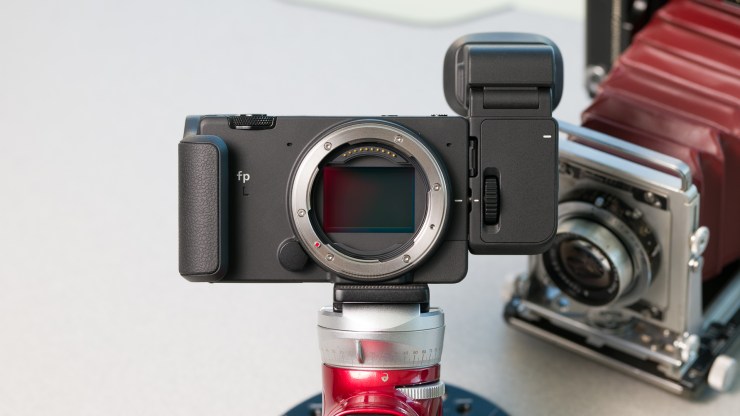Sigma, for many years, has been saying that a full-frame camera powered by a Foveon sensor would be nearly impossible to make; however, Sigma just confirmed that a working model might be ready for testing by year’s end.
As you may recall, Sigma announced plans for a full-frame Foveon sensor in 2018 during Photokina. However, the project was scrapped after some obstacles were seemingly too hard to overcome. Sigma then returned to the drawing board and started over from scratch. This decision appears to have paid off in a big way.
In a recent video interview posted to Sigma’s YouTube channel, Sigma Corporation CEO Kazuto Yamaki confirmed that the company had been hard at work on a full-frame Foveon sensor. The development has gone so well that Sigma currently sits at what they call ‘Stage Two.’ Stage two is where Sigma and their engineers test scaled-back prototype sensors to ensure the full-frame pixels being used perform as required.

Stage two is apparently going very well. As a result, Sigma could enter ‘Stage Three’ by the end of the year. Stage three is where the company will produce a full-scale full-frame Foveon sensor with the same specs that a mass-produced Foeveon sensor and camera would use. After this stage, the company will determine whether or not the sensor will enter production. So what exactly is a Foveon sensor, and what do we know about the upcoming full-frame version?
What is a Foveon sensor?

You’ve all probably heard of Bayer filters. These color filter arrays, which sit on your camera’s CMOS sensor, contain multiple sites that collect red, green and blue color information. The RGB areas are arranged in a staggered or Bayer pattern. Algorithms then interpolate the color information and process it.
The Bayer design is known to be inefficient, and we know that it can cause image softening. This inefficiency is why cameras with no low-pass filter became quite common as they would produce sharper images. However, with no low-pass filter in place, the chance of moire in images went up. However, aside from the X-Trans sensors that Fujifilm uses, there are few other options on the market. Enter the Foveon sensor.
Foveon X3

A Foveon X3 sensor features three separate color array filters. One layer for red, one for green and one for blue. Each of these layers varies in thickness, too, as each wavelength of color travels at different speeds and needs either more or less time to be absorbed.
Of course, this is a significant oversimplifying of the sensor’s work. Just know that in theory, having a sensor with three individual layers for red, green and blue should offer superior performance when it comes to color reproduction. In addition, light gathering and noise performance should also be improved. However, in the case of the last two items, this hasn’t always been the case.
While nobody can argue with the gorgeous images that previous Foveon sensors have been able to create at low ISOs, low light performance and how the sensors handle noise have always left a lot to be desired.
The full-frame Foveon sensor

So, what exactly do we know about the full-frame Foveon sensor that Sigma is currently working on? Unfortunately, not a whole lot. During a recent interview, which will post below, Sigma’s CEO said, “the Foveon X3 sensor is not a very versatile sensor, but if there is a good amount of light, the camera can create very beautiful and impressive photos.”
So, obviously, Sigma hasn’t been able to figure out the low light, high ISO issue that has plagued Foveon sensors. This is a shame, but it doesn’t mean all is bad. As mentioned above, Foveon sensors reproduce jaw-dropping colors. So, landscape, studio, and still life photographers could benefit greatly from a sensor like this.
What about megapixels? According to a report on Photo Rumors, the new full-frame Foveon sensor could have 60 megapixels, which would match the CMOS sensor — in terms of resolution — found in the Sigma fp L. Unfortunately, other than these snippets of information, nothing else is known. So we will just have to wait and see what comes down the pipeline.
Fingers crossed that Sigma can continue to swiftly move through its development stages so that by the end of the year, a full production model of the camera powered by a full-frame Foveon sensor can be produced and tested. Having another type of sensor on the market that can offer something different to both CMOS Bayer and X-Trans sensors would be welcomed with open arms. What do you think about the full-frame Foveon sensor? What do you want to see? Let us know in the comment section below.
Tell your story with the second annual Visual Storytelling Conference!
Experience four days of interactive, online training sessions featuring a range of educational content with experienced photographers and content creators. This free event kicks off with a series of technical boot camps to build essential skills, followed by live, online sessions on photography, video, business and social media. Join live from March 10-13, 2022!
